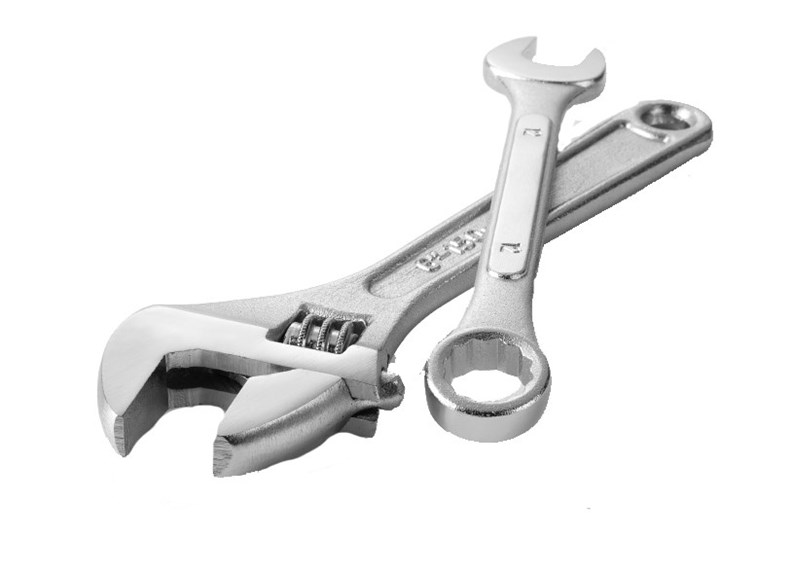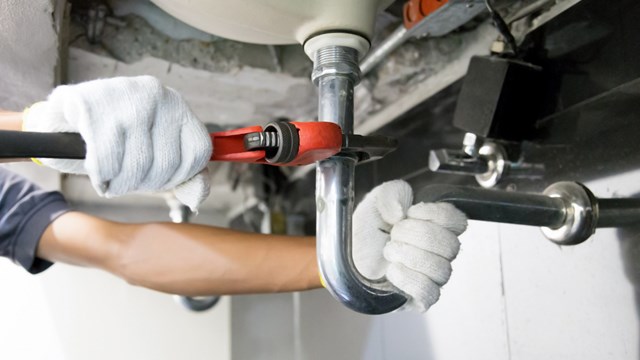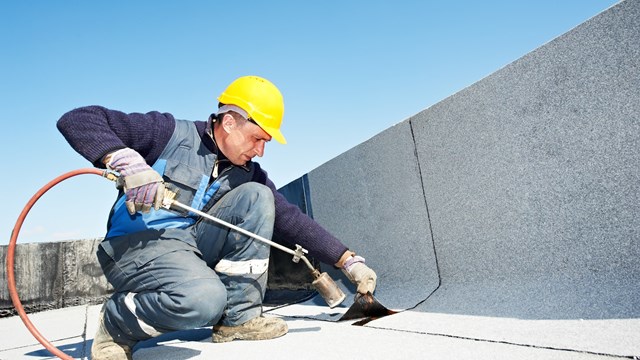One of the most confusing subjects of property management is maintenance. Engineers make it such with fancy names to various types of maintenance, such as "Reliability Maintenance," "Routine Maintenance," "Predictive Maintenance" and "Total Productive Maintenance" to mention a few. These are new buzzwords found in the maintenance jargon today and they may very well fit for manufacturing plants but not for residential buildings.
Forget about them, I say. Keep it simple. "Maintenance boils down to this: Either you do it or you don't" (run till it fails). To put it another way, "Pay a little now to maintain it or pay a lot later to replace it." Those are my conclusions of my 31 years of heavy experience in building operations.
One of the problems is that supers, managers and boards cannot see the entire picture. Maintenance and preventive maintenance, some say, "Oh, yeah, that's greasing machines or mopping a floor." Well it's not! First of all, maintenance is not just for machinery and equipment in a building or complex. It is for the entire building or complex, from the roof to the building envelope down to the basement and foundations, everything outside and within. Don't be fooled. Maintenance is not a science. It's an understanding that everything has a useful life with proper care.
Let's define maintenance. Simply put, maintenance is upkeep; keeping something looking good on a regular basis, such as stripping, waxing and buffing a marble or tile floor.
Preventive maintenance on the other hand, simply put, only exists to keep equipment and the building itself in good running condition so that every part of the building (bricks, roofing, windows, ventilation and HVAC systems to name a few) reaches its full life expectancy with as little repair and down time as possible. Preventive maintenance is a program. If you're still not sure what preventive maintenance is let's put it another way: preventive maintenance saves you money. It allows you to get your money's worth.
The real value of preventive maintenance programs in addition to the above are: reduction in overtime due to breakdowns and less inconvenience to residents, which in turns reduces complaints and in turn equals higher resident retention. This in turn gives the building or complex a good reputation and increases its value. Overall it just makes good sense to have a good preventative maintenance program in place.
If you are still not convinced, then let's throw in the savings on the cost of energy that otherwise would be wasted from inefficiently running equipment. Equipment that is maintained uses less energy to operate then those that aren't. With the now high and increasing cost of oil, gas and electricity this makes sense more than ever before. As a bonus, even the environment gets a part of the action. The fact is, lower amperage draw decreases the chances of overheating, which reduces friction and noise which all add up to more efficiently operating equipment. Efficiency saves energy costs. Still not convinced? Well then stop reading this article because nothing ever will convince you.
I stated before that preventative maintenance is not a science. This is true; it is more of an ART than a science when it comes to buildings. If you choose to go with a preventive maintenance plan, then you have to be prepared to fund it. Time, material, record keeping and some initial training are all part of the process. But the most important factor is motivation. Staff needs to be motivated to do it otherwise they will fake it. Proper tools and supplies are also needed on hand to carry out the preventative maintenance.
With a little investment, the return on investment is far greater then the cost of not having an effective preventative maintenance program.
OK, where do we begin? First step is to get someone who knows what he/she is doing. An analysis of the building equipment needs to be done to see just what state of repair each piece of equipment and parts of the building are in. Perhaps it is easier to have two preventative maintenance programs. One for the equipment and one for the building itself. Then a plan is drawn out on what each piece of equipment needs in terms of preventative maintenance. A cost estimate should then be done so it can be put into the building's operating budget.
The next step should be to consider, should the building staff do this or should you hire an outside contractor? In most cases with the exception of the building envelope, the staff can do it, given the proper tools, supplies and training. Once you have decided to have the staff do this, then training should be done so that everyone knows what to do, when to do it, what to use and what to record.
Lastly, by conducting inspections you will know the state of the equipment and building envelope. You will notice if equipment is about to fail. Inspecting it will buy you some time to make good decisions about replacement, rather than literally being put over a barrel. If you do have to replace equipment such as motors, pumps or controls, do not make the common mistake to replace exactly what was there. Price out the difference in cost of upgrading to something better. You will find that it will pay for itself in less time.
In closing—get real and get serious about preventative maintenance programs. Your building and equipment will thank you. Your treasurer will thank you. The environment will thank you, and the residents will thank you. The only persons that won't thank you for having a good preventative maintenance program are the workers, owners of repair companies and manufacturers because the cost of repairs and replacement just went down in your building.
If you have any questions, they may be posted to www.nycsta.org on the questions page. n
Peter J. Grech is a longtime super, management consultant and the education coordinator for New York City's Superintendents Technical Association (NYSTA).







Leave a Comment